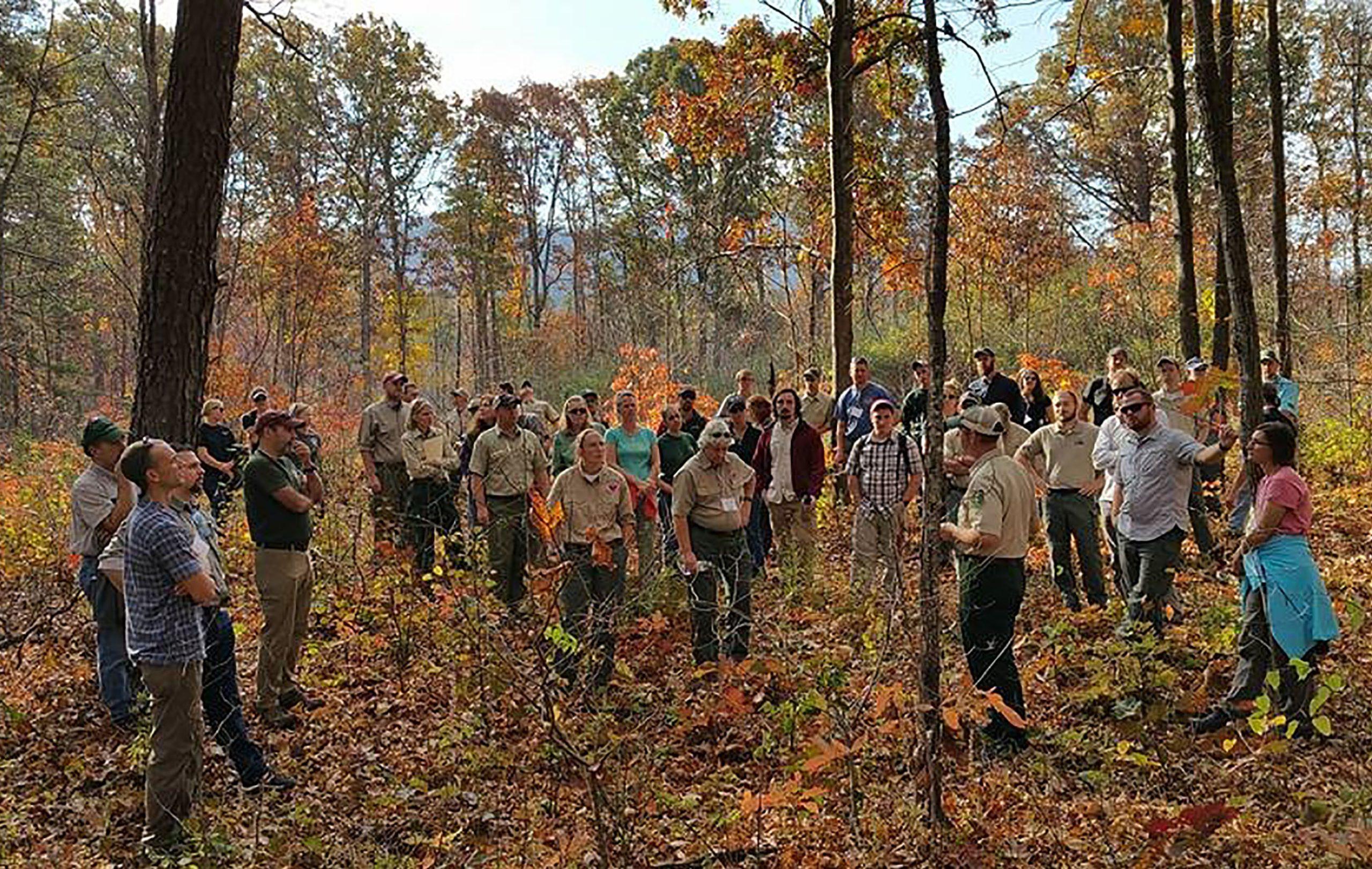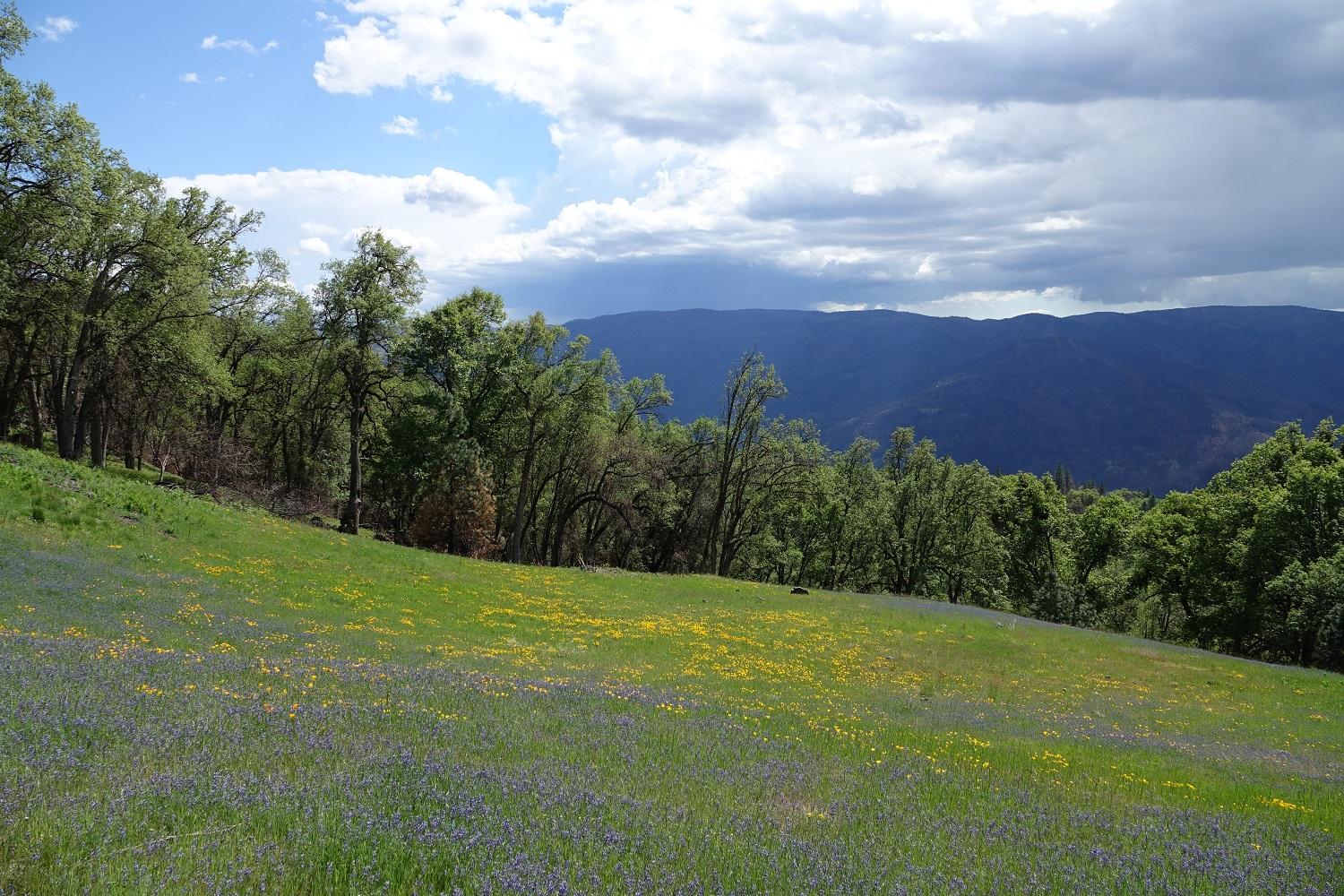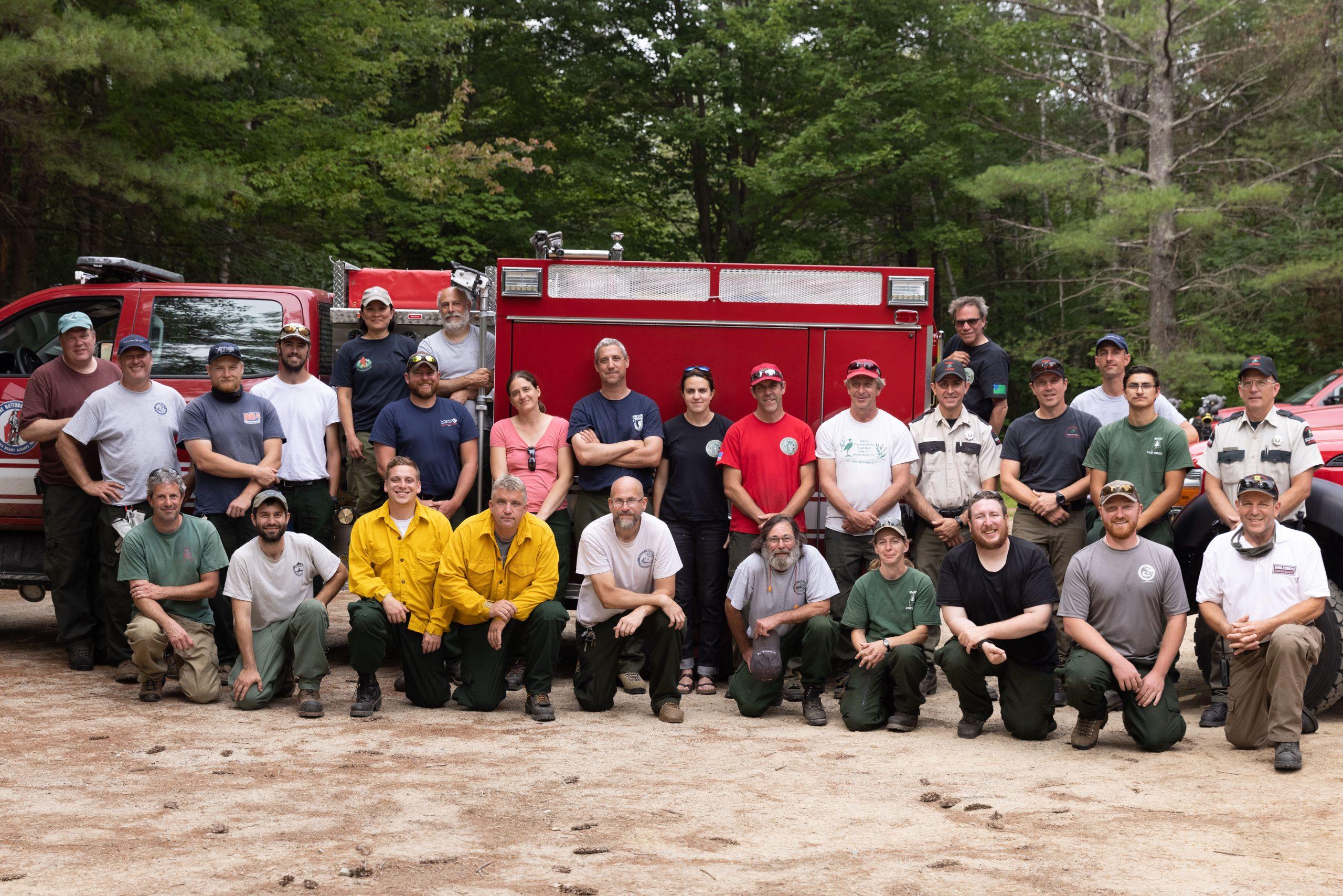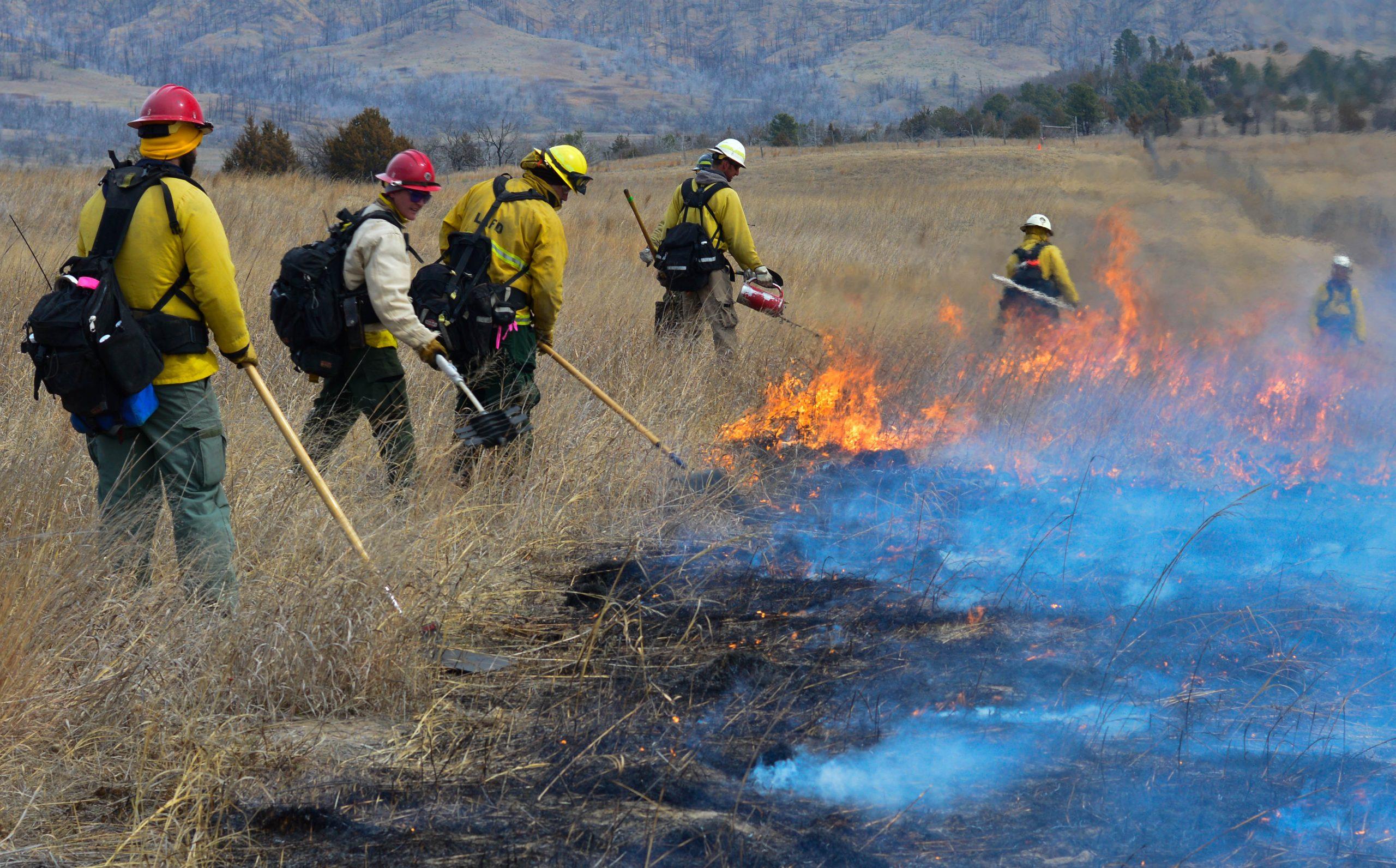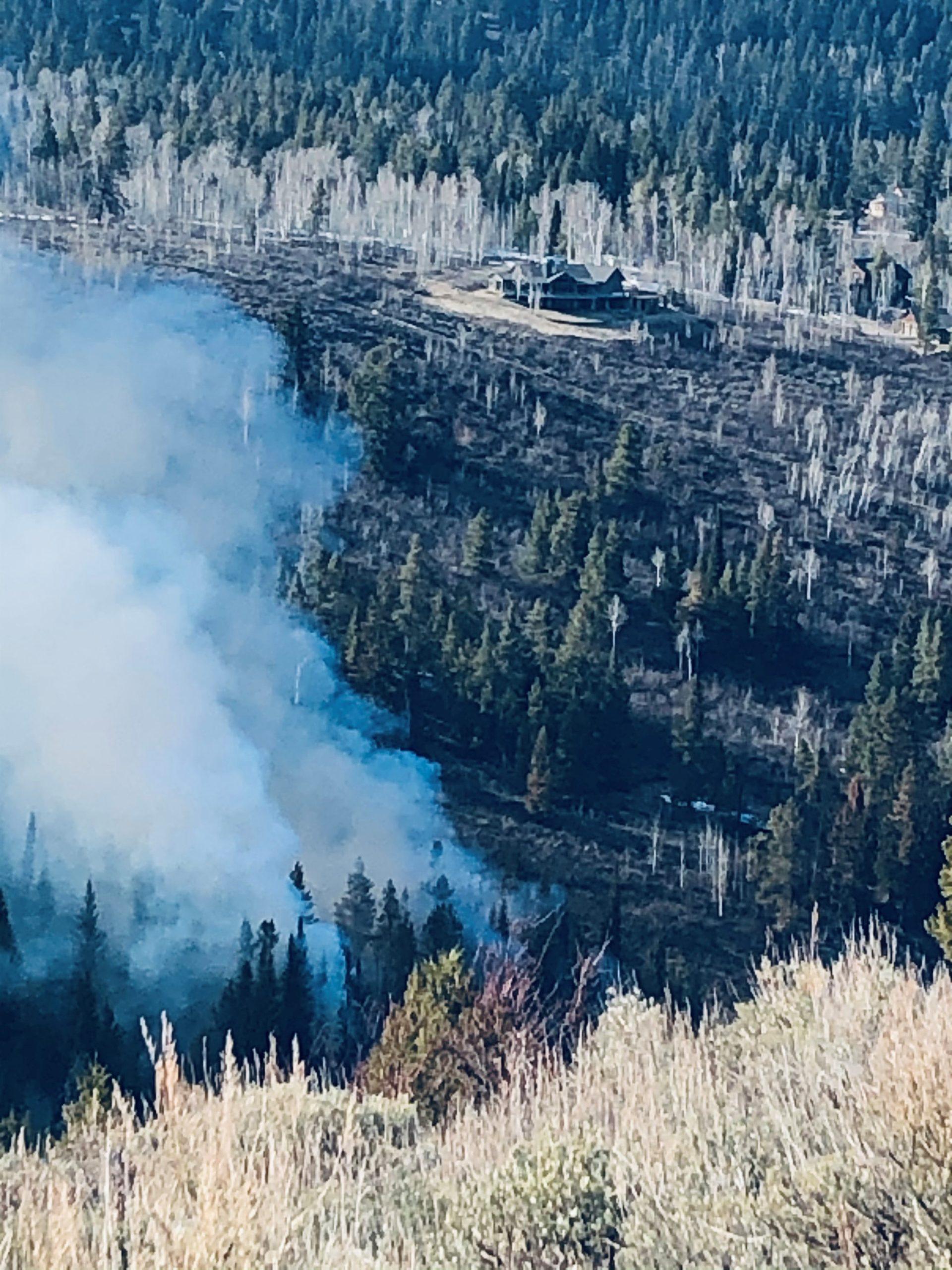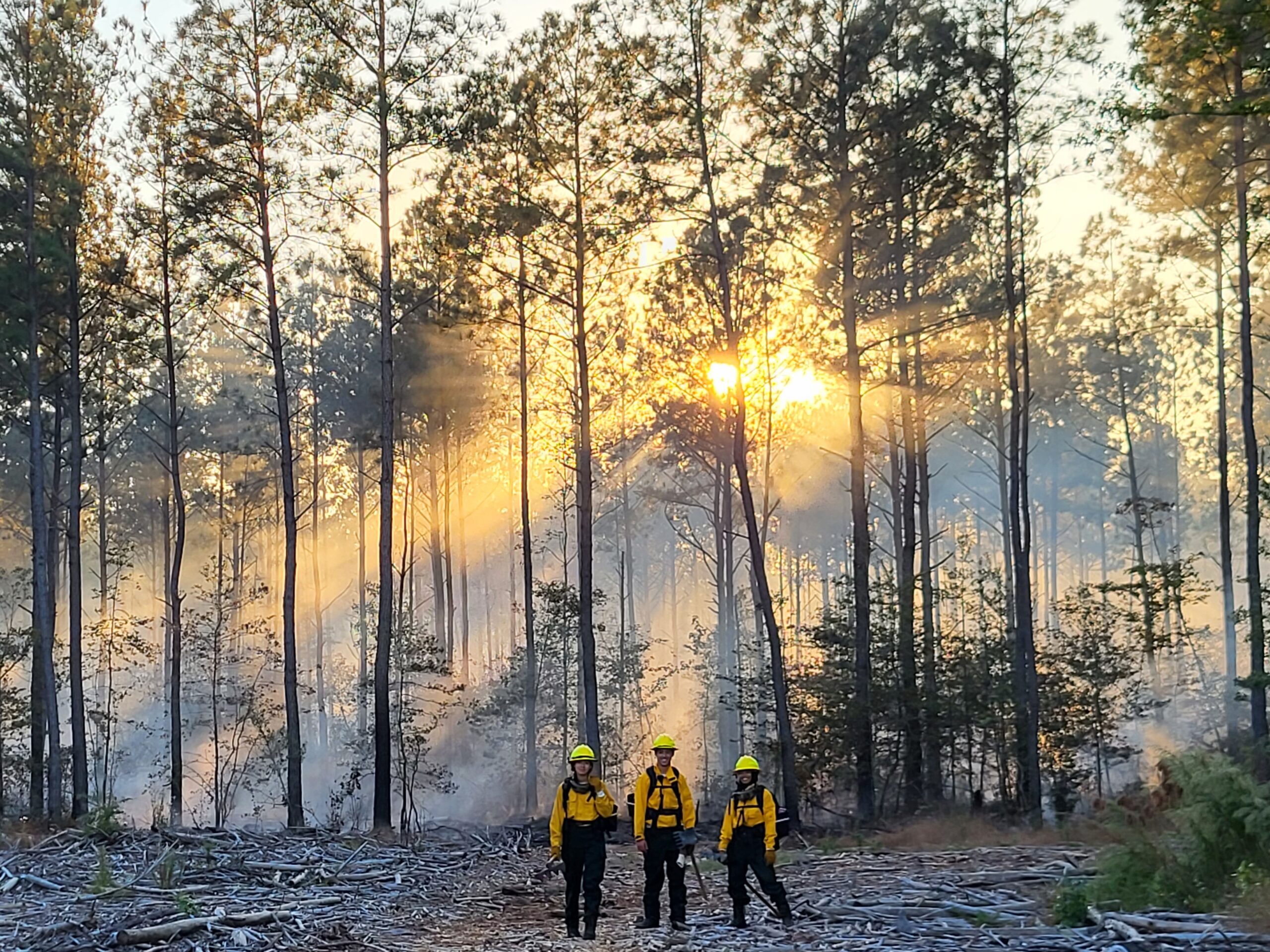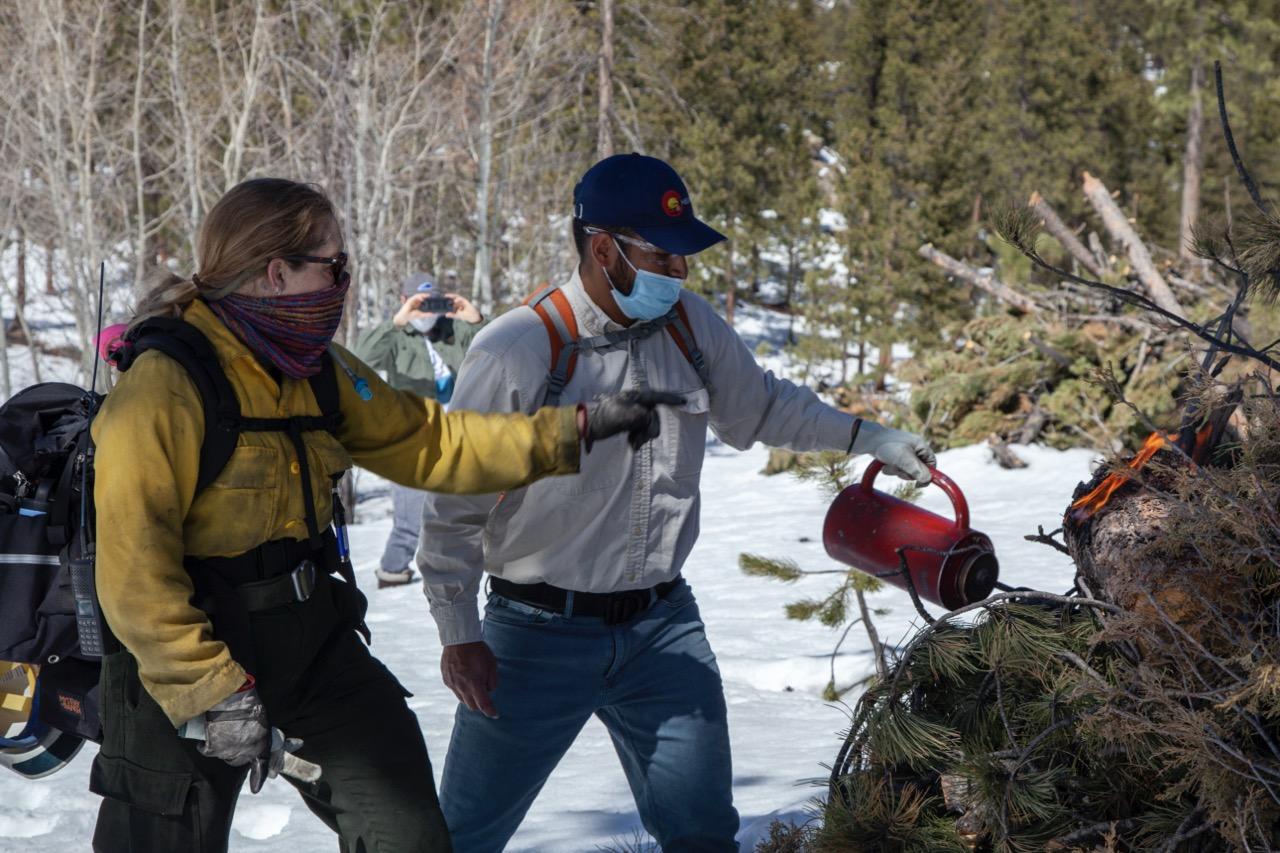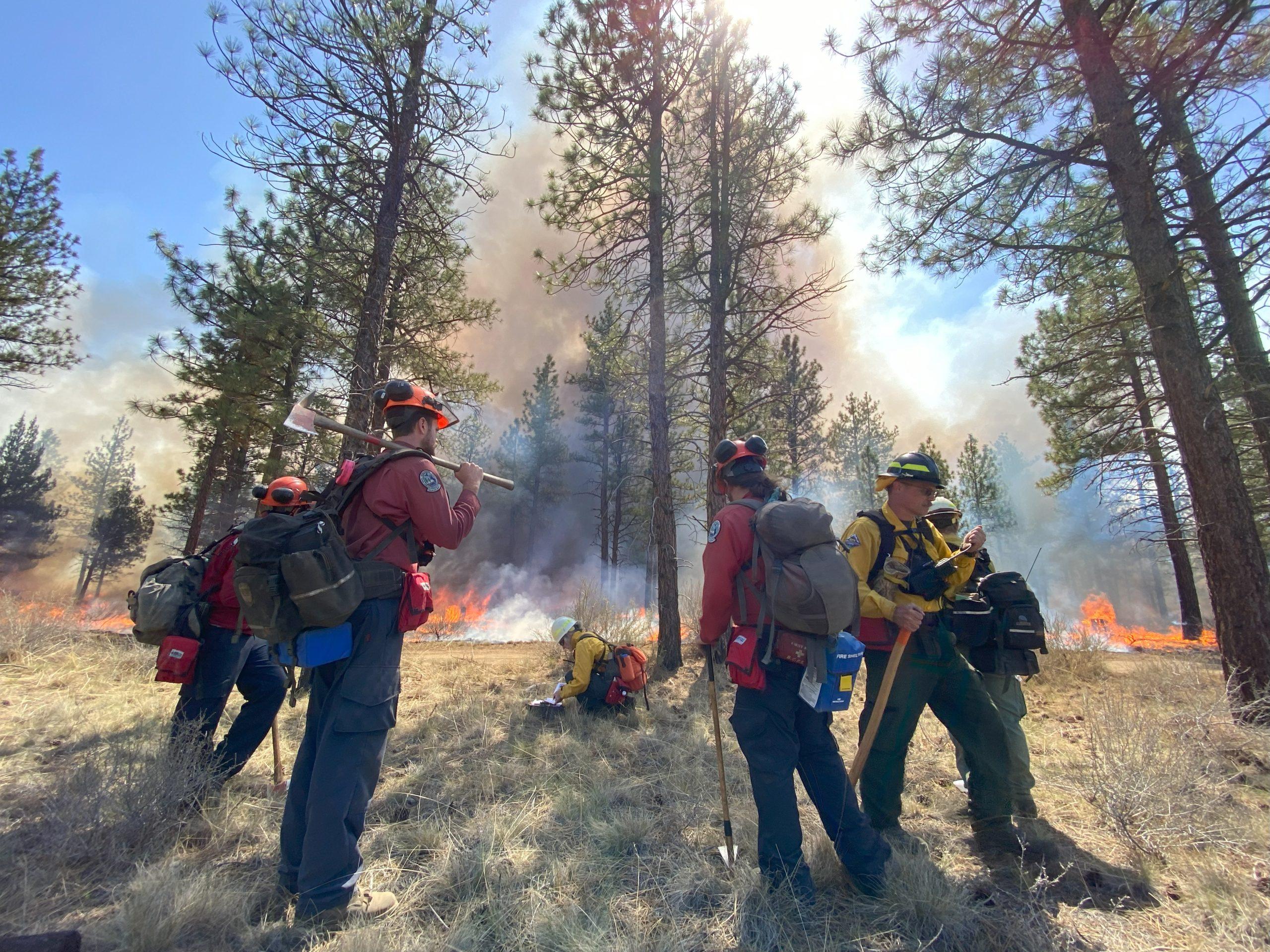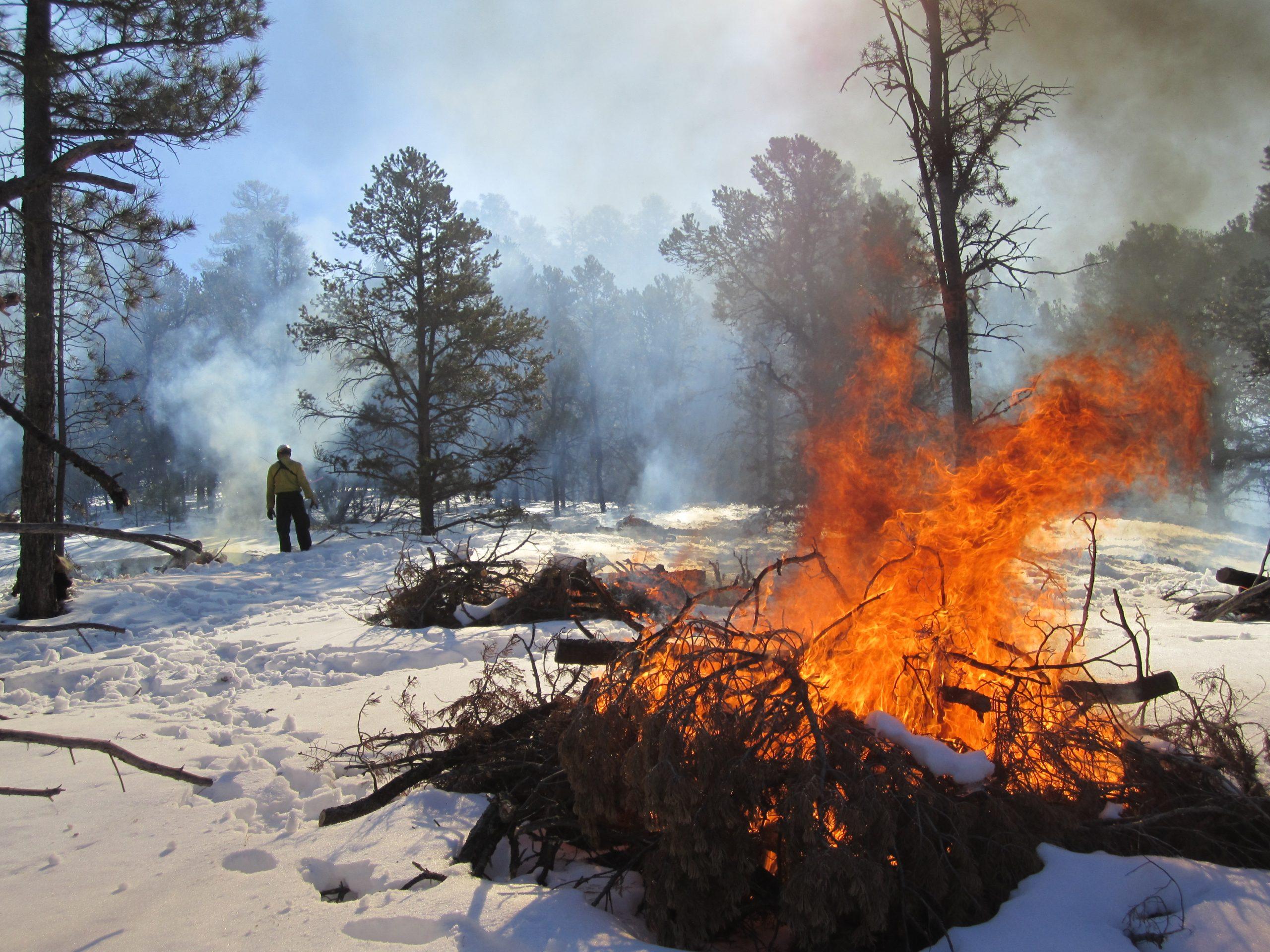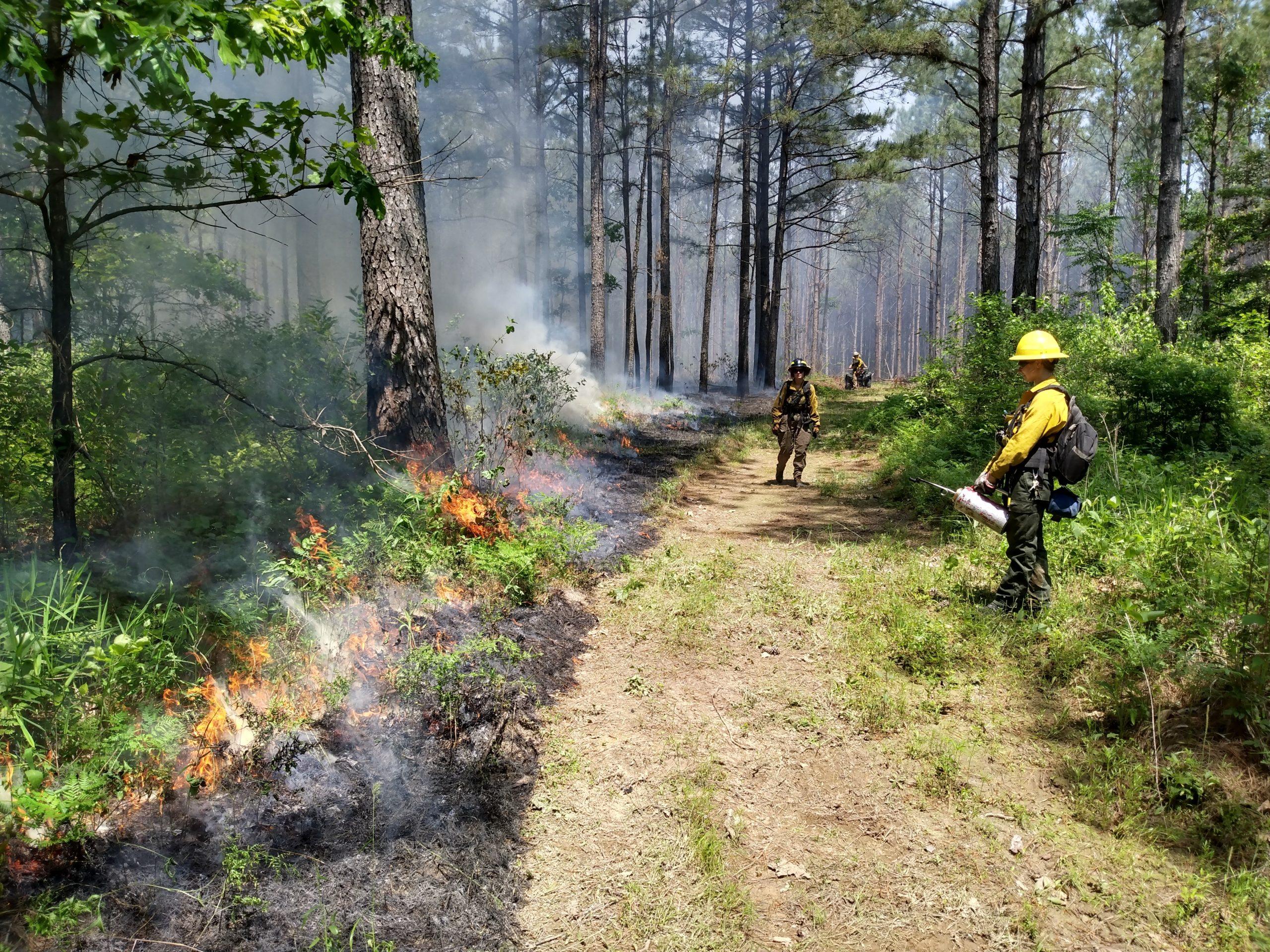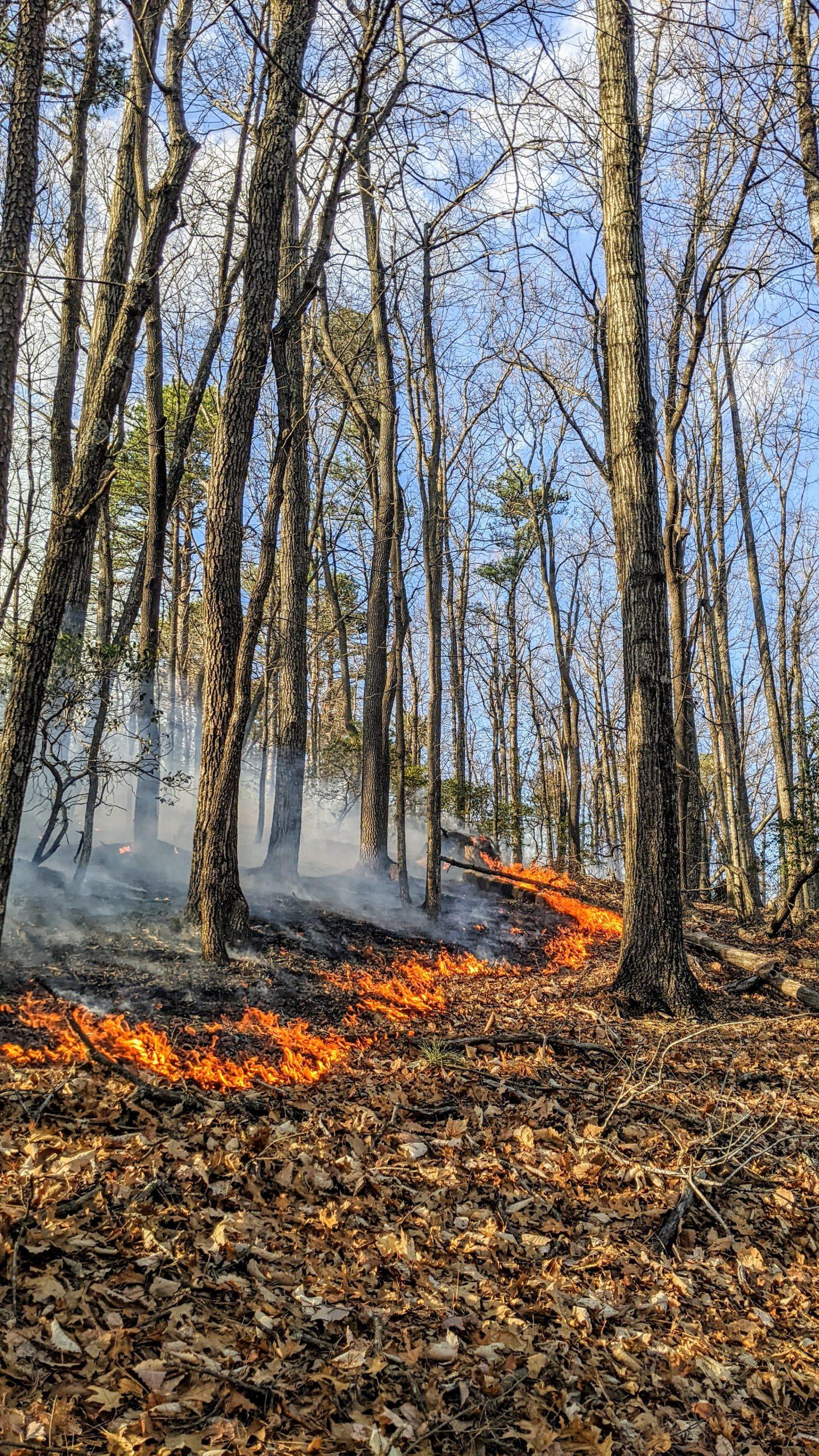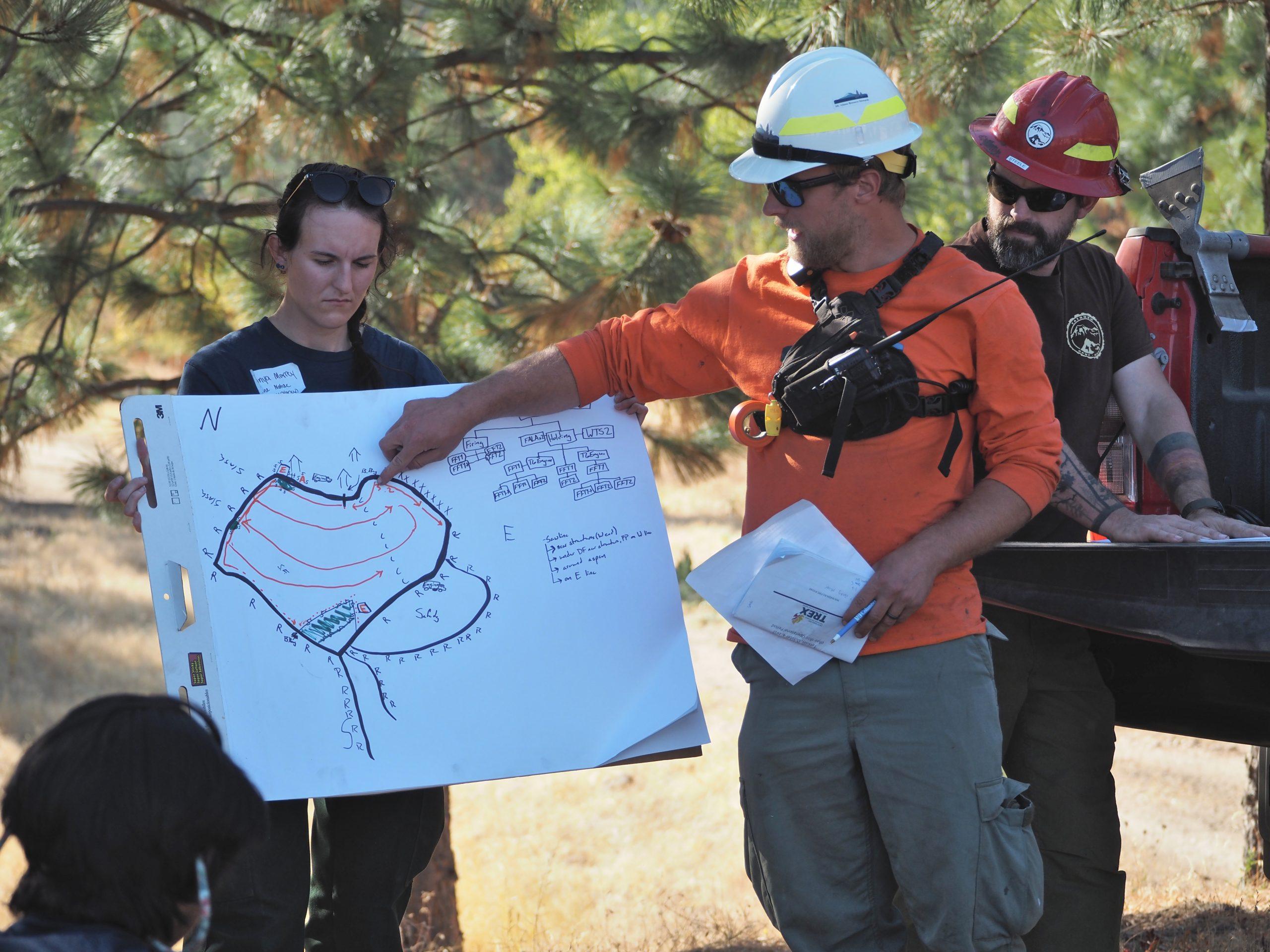
Blackfoot Valley FLN

The Blackfoot Valley contains 1.5 million acres of roughly 60% public and 40% private ownership stretching from the Continental Divide near Lincoln, MT, along the Blackfoot River and Highway 200, and into the town of Bonner approximately 150 miles west of the Divide. Home to the Séliš and Ql̓ispé Tribes, the valley now crosses through three Montana counties. It includes low elevation valleys of native bunchgrass and ponderosa pine and mountain ranges reaching into the sub-alpine timber types.
The Blackfoot Prescribed Fire Working Group formed in 2016 in an effort to bring together as many partners as possible to discuss reintroducing fire in the Blackfoot Valley. Partners include the US Forest Service Lolo and Helena forests, Bureau of Land Management Missoula Field Office, US Fish and Wildlife Service, Montana DNRC, Montana FWP, The University of Montana, The Nature Conservancy, fire departments from Greenough/Potomac, Ovando, Helmville, and Lincoln, non-profit groups such as Fire Adapted Montana, private landowners from across the valley, local mills and contractors, and most recently Tribal Nations.
Historically, low-intensity fires would have been set by Tribes for a variety of reasons. Lightning fires would have been allowed to burn. The best science suggests fire would have been in a given lower elevation area every 5-25 years with higher elevations seeing longer intervals between fire. In this way, fire moved around the landscape creating a “mosaic” pattern of burned and unburned areas. All native species in the Blackfoot Valley, including plants and animals, adapted to this high-frequency, low-intensity and mixed-severity fire pattern. Our goal is to work with our partners to reintroduce fire at a pace and scale that mirrors these historic patterns, including the important role humans have played in intentionally lighting fires. The long-term vision is for communities that are as adapted to fire as the plants and animals of the Blackfoot Valley have been for millennia.
FLN
- SINCE 2021

